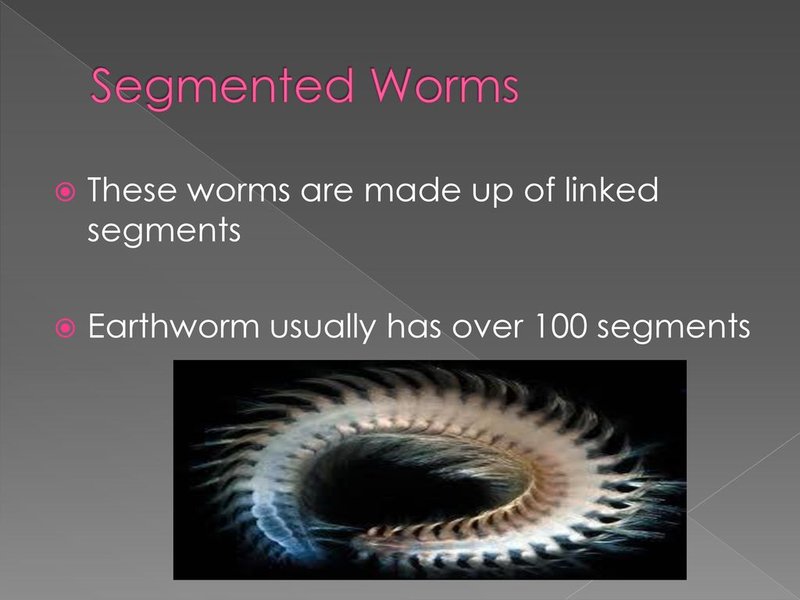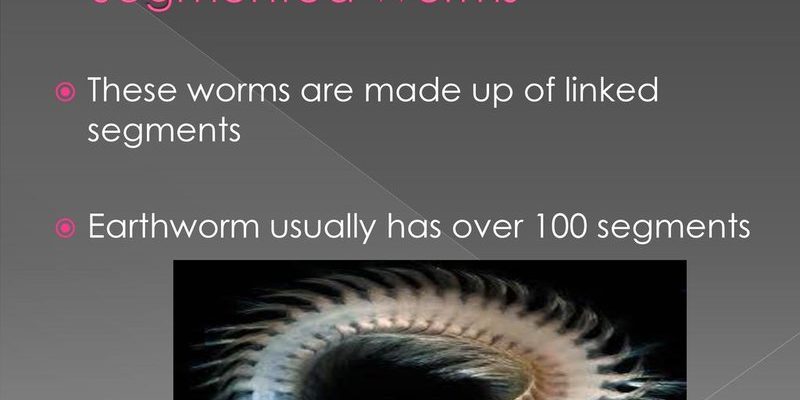
Segmented worms come in a beautiful variety of shapes, sizes, and colors, making them not only interesting but also key players in the web of life. Although they might not get as much attention as mammals or birds, their distribution around the globe is quite remarkable. If you’re curious about where these creatures live, how they thrive, and why they matter, let’s dig a little deeper.
What Are Segmented Worms?
Segmented worms belong to the phylum Annelida, which is an umbrella term for worms that have bodies divided into segments. This segmentation is a significant characteristic that sets them apart from other types of worms, like flatworms or roundworms. The segments are often visible externally and allow for greater flexibility and mobility.
There are over 15,000 known species of segmented worms, which include earthworms, leeches, and marine polychaetes. Each type adapts to its environment in unique ways. For instance, earthworms are typically found in soil, where they help aerate and enrich it, while marine polychaetes thrive in ocean habitats, some even living in extreme environments like hydrothermal vents!
You might be wondering why these worms matter. Well, they play essential roles in nutrient cycling and soil health. By breaking down organic matter, segmented worms turn dead plants and animals into nutrients that plants can use, making them vital in maintaining healthy ecosystems.
Global Distribution of Segmented Worms
Segmented worms can be found in almost every corner of the globe. Their distribution ranges from the lush forests of the Amazon rainforest to the icy waters of the Arctic Ocean. They’ve got a knack for thriving in diverse environments, including freshwater bodies, saltwater, and terrestrial habitats.
When it comes to earthworms, they are most abundant in temperate regions. Areas with rich, moist soil are prime real estate for these worms. However, with climate change and human activity, their distribution is ever-changing. In some regions, populations have declined, while in others, they have expanded, particularly due to human introduction—like when bait worms escape into the wild.
Marine segmented worms, on the other hand, occupy a different niche. They’re prevalent in various ocean depths and can adapt to environments ranging from shallow coastal waters to the deep sea. Their habitats often depend on sediment type, temperature, and salinity. Exploring these environments shows how adaptable segmented worms can be!
Types of Segmented Worms and Their Habitats
There are three primary groups of segmented worms: oligochaetes (like earthworms), polychaetes (marine worms), and hirudinea (leeches). Each group has its own unique habitat preferences and lifestyles.
- Oligochaetes: You’ll find these worms mostly in moist soils and freshwater environments. Earthworms, for instance, are the unsung heroes of gardens, aerating soil and promoting plant health.
- Polychaetes: These worms inhabit marine environments, often living in ocean sediments or as free-swimmers. Their colorful bodies and diverse forms help them thrive in various underwater ecosystems.
- Hirudinea: Commonly known as leeches, these worms can be found in both freshwater and terrestrial habitats. While some leeches are parasitic, others are predators that feed on small invertebrates.
Understanding these groups helps us appreciate the varied roles segmented worms play in their ecosystems. For instance, without earthworms, our soils would be less fertile, and many plants would struggle to grow. Meanwhile, polychaetes contribute to marine food webs, ensuring the survival of countless ocean species.
The Ecological Importance of Segmented Worms
Segmented worms may be small, but they have big impacts on their surroundings. Let’s break down a few ways they contribute to the ecosystem.
First, earthworms are crucial for soil health. By tunneling through the ground, they aerate the soil, allowing air and water to penetrate deeper layers. This aeration makes it easier for plant roots to grow and access necessary nutrients. Their waste, known as worm castings, is packed with nutrients that enrich the soil further.
Second, segmented worms serve as key players in food chains. They are a food source for birds, mammals, and even some fish. For example, a robin may spend its day searching for tasty earthworms to feed itself and its chicks. This interconnectedness emphasizes how the removal or decline of segmented worm populations could ripple through entire ecosystems.
Additionally, segmented worms help break down organic matter, promoting nutrient cycling. They consume decaying leaves, dead plants, and animal matter, turning it into fertile soil. This process not only supports plant health but also improves overall ecosystem productivity.
Threats to Segmented Worm Populations
Despite their crucial roles, segmented worms face numerous threats. Habitat destruction is a leading concern. Urban development, agriculture, and pollution can degrade the natural habitats where these worms thrive. For example, heavy use of pesticides and fertilizers can kill earthworm populations, leading to poorer soil health.
Climate change is another major threat. Altered weather patterns can change soil moisture levels, impacting earthworm survival. Additionally, rising ocean temperatures and pollution can disrupt marine polychaete habitats.
Another alarming trend is the introduction of non-native species. When people move earthworms into new environments—intentionally or accidentally—it can upset local ecosystems. Native species may struggle to compete, leading to declines or even extinctions.
We must keep an eye on these threats to ensure segmented worms and their ecosystems continue to thrive.
Conservation Efforts and What You Can Do
Fortunately, there are various conservation efforts underway to protect segmented worm populations and their habitats. Community initiatives often focus on promoting sustainable agricultural practices, reducing pesticide and chemical use to create healthier soils.
You can also play a role in conservation. If you have a garden, consider using organic practices to encourage earthworm populations. Composting is another excellent way to boost worm health while recycling kitchen scraps.
Support local conservation groups that work to restore habitats and promote awareness about the importance of segmented worms. It’s all about creating a healthier ecosystem for these little heroes to thrive.
In conclusion, while segmented worms may not always steal the spotlight, they definitely deserve our attention. Their range and distribution worldwide highlight their adaptability and significance in various ecosystems. By understanding and appreciating these creatures, we can work towards preserving their habitats and ensuring a balanced environment for future generations. So next time you see a worm in the soil, remember the essential role it plays in our world!

